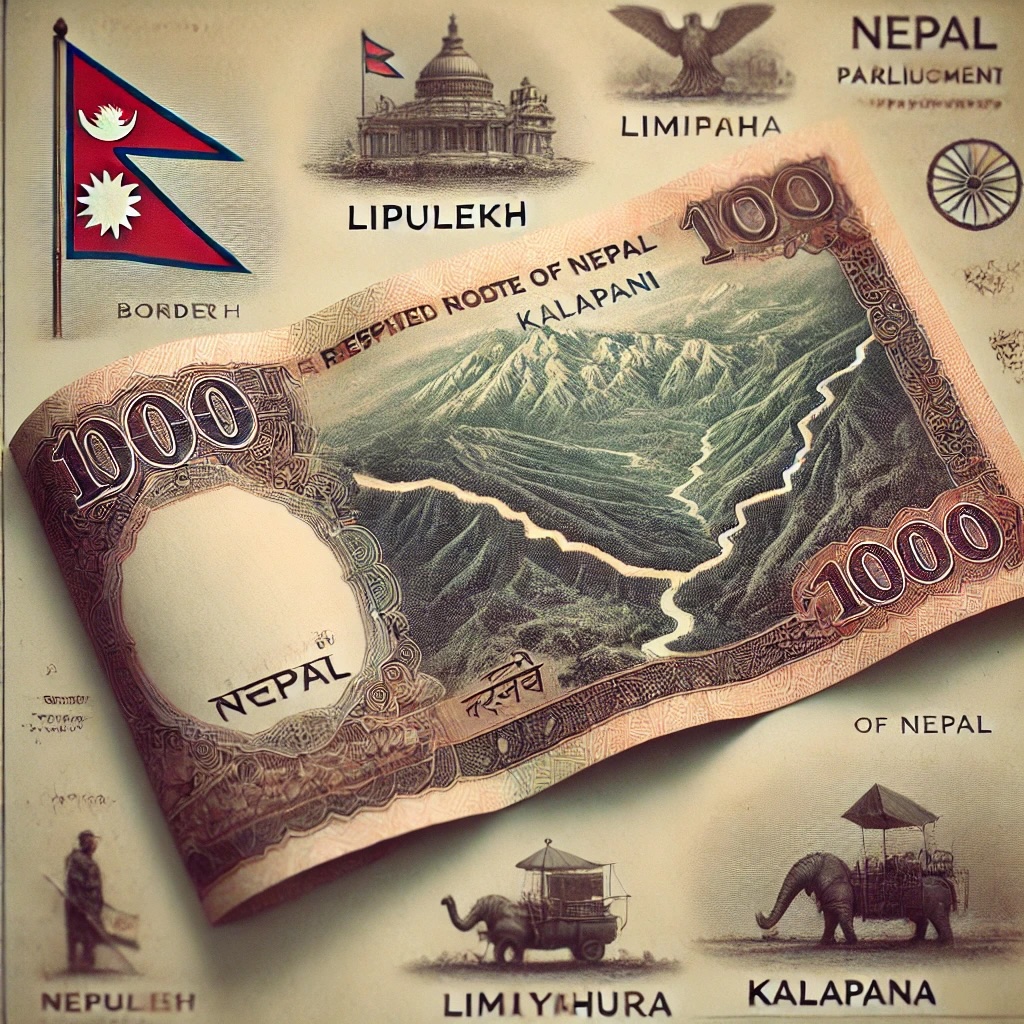Why Nepal’s Bold New Currency Design Is Sparking Tensions with India

Nepal’s decision to issue a redesigned 100-rupee note—featuring disputed border territories and produced by a Chinese company—has reignited a longstanding border dispute with India. The note includes regions like Lipulekh, Limpiyadhura, and Kalapani, aligning with Nepal’s revised political map, which India regards as an "artificial enlargement" of borders.
Why Nepal’s New Currency Production May Upset India
Nepal shares a 1,750-km border with five Indian states, and the inclusion of these contested regions in Nepal’s currency design has heightened tensions between Kathmandu and New Delhi. The selection of China Banknote Printing and Minting Corporation for the project also adds a layer of political sensitivity, given regional dynamics.
Nepal’s New Map: Parliamentary Endorsement and Official Updates
The revised map of Nepal, which incorporates these contested regions, has been officially endorsed by Nepal’s parliament and integrated into the national constitution, government seal, and other relevant official documents. This strong political stance reflects Nepal's commitment to asserting its territorial claims on both a symbolic and legislative level.
Nepal Contracts Chinese Firm for Currency Printing
The Nepal Rastra Bank (NRB), the country’s central bank, awarded the contract to China Banknote Printing and Minting Corporation to design, print, and supply 300 million copies of the redesigned 100-rupee banknote. The production cost is around USD 8.99 million, averaging 4 rupees and 4 paisa per note, and each note will display Nepal’s revised map, incorporating the disputed territories.
Nepal’s then-Minister of Communication, Rekha Sharma, who served in Pushpa Kamal Dahal’s cabinet, confirmed the government’s stance, stating, “The government has authorized the Nepal Rastra Bank to replace the current map with the updated version on the currency note.” This decision, finalized under the Dahal administration in May, followed a formal tendering process and culminated in an intent letter from the NRB.
In its notification letter, the NRB wrote: “This is to notify you that it is our intention to award the contract for execution of the Procurement of the Designing, Printing, Supply and Delivery of 300 Million Pieces of Nepalese Rupees 100 Denomination Circulation Banknotes and Related Services (IFB No. NRB/CMD/ICB/G-03/080/81) to you, as your bid price of USD 8,996,592.00… has been selected as the lowest evaluated bid.”
This move demonstrates Nepal’s commitment to assert its territorial claims, despite potential repercussions on its relationship with India.




![From Kathmandu to the World: How Excel Students Are Winning Big [Admission Open]](https://nepalaaja.com/img/70194/medium/excel-college-info-eng-nep-2342.jpg)
